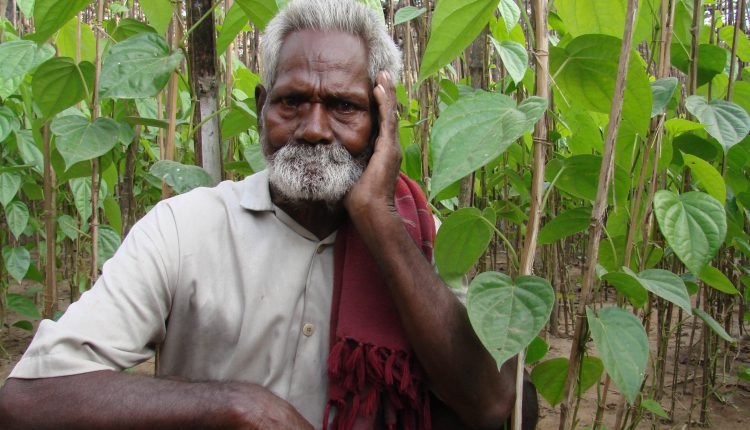ECONOMICS OF BETEL LEAF CULTIVATION

Indians relish consuming betel leaves, commonly known as ‘paan’ across the country. The leaves, which have a lot of medicinal value, are also used in rituals.
Betel leaf cultivation is a high-income agricultural activity done in coastal districts of Odisha like Jagatsinghpur, Kendrapara, Balasore, Puri, Cuttack and Ganjam.
Three gram panchayats (GP) of Jagatsinghpur Dhinkia, Nuagaon and Gadakujanga, in the limelight for the last one and a half decades for their opposition to proposed steel projects, are among the topmost hubs of betel leaf cultivation in the state and also the country. Near the port of Paradip, the villages have the most appropriate soil quality comprising fine sand and moisture for betel vineyards.
Over 80% of the 20,000 people who live in the eight villages under the three GPs depend on betel leaf cultivation, directly or indirectly. The cash crop produced in the area is famous as ‘Banarasi paan’ and has a great demand across India and abroad.

Great sustainable employer
Betel leaf cultivation is also a great employment generating sector.
A product of perennial creeper plants, the green leaves are cultivated in rectangular vineyards that measure between 10 decimals and 50 decimals. One decimal equals one-hundredth of an acre.
A betel vineyard measuring 10 decimal provides a family up to Rs.15,000 a month. Many families own multiple betel vineyards.
A wage labourer gets between Rs.300 and Rs.400 per day.
Each vineyard engages four to seven persons. The whole family including a teenager as well as a 70-year-old and a man as well as a woman can work under the shaded structure tending to the leafy creepers.
The earnings from betel leaf cultivation by the betel farmers of the area far exceed the average income of a farmer in India.
The betel vineyard model of the three GPs is a fine example of sustainable and robust agrarian economy.
-n.jpg)
Economy under threat

The area had over 3,500 betel vineyards before the Odisha government signed a MoU in 2005 with South Korean steel company Posco to establish its 12 million tonne per year (MTPA) project in the area.
Between 2011 and 2013, the Jagatsinghpur district administration demolished over 1,100 betel vineyards to acquire 2,700 acres of land for the company.
Facing stiff protests from the villagers, and legal and environmental roadblocks, Posco withdrew from the project in 2017.
Meanwhile, hundreds of new betel vineyards came up in Dhinkia, the stronghold of anti-Posco movement, which had been kept out of the project.
Dhinkia has over 2,000 betel vineyards, up from just 500 before 2011.
The government has now brought in Indian steel major Jindal Steel Works (JSW) to set up its integrated project – a 13.2-MTPA steel plant, a 10-MTPA cement plant and a 900-megawatt (mw) power plant – in the area acquired earlier for Posco.
Besides, JSW needs 748 acres of additional land, which falls under Dhinkia GP. The administration has started acquiring it since the beginning of 2022 by demolishing the betel vineyards amidst protests by villagers.

The last of the betel vineyards clearly face extinction. In that eventuality, a sustainable agrarian economy employing thousands of families will be gone forever.



Comments are closed.